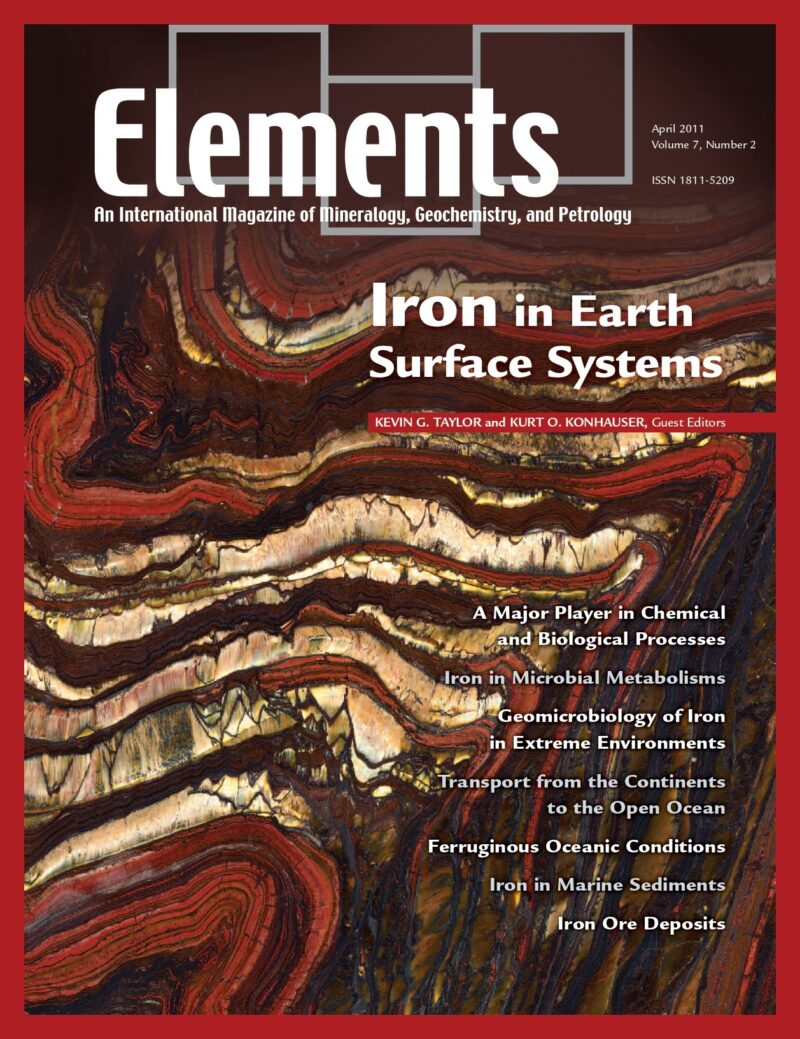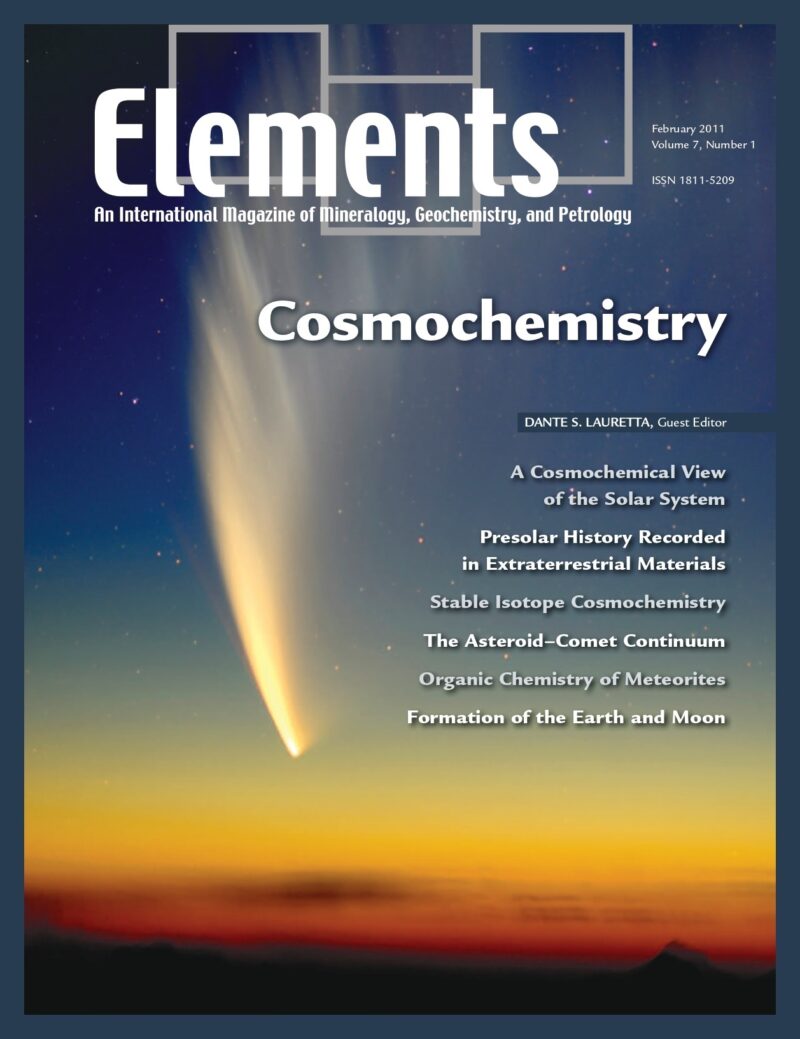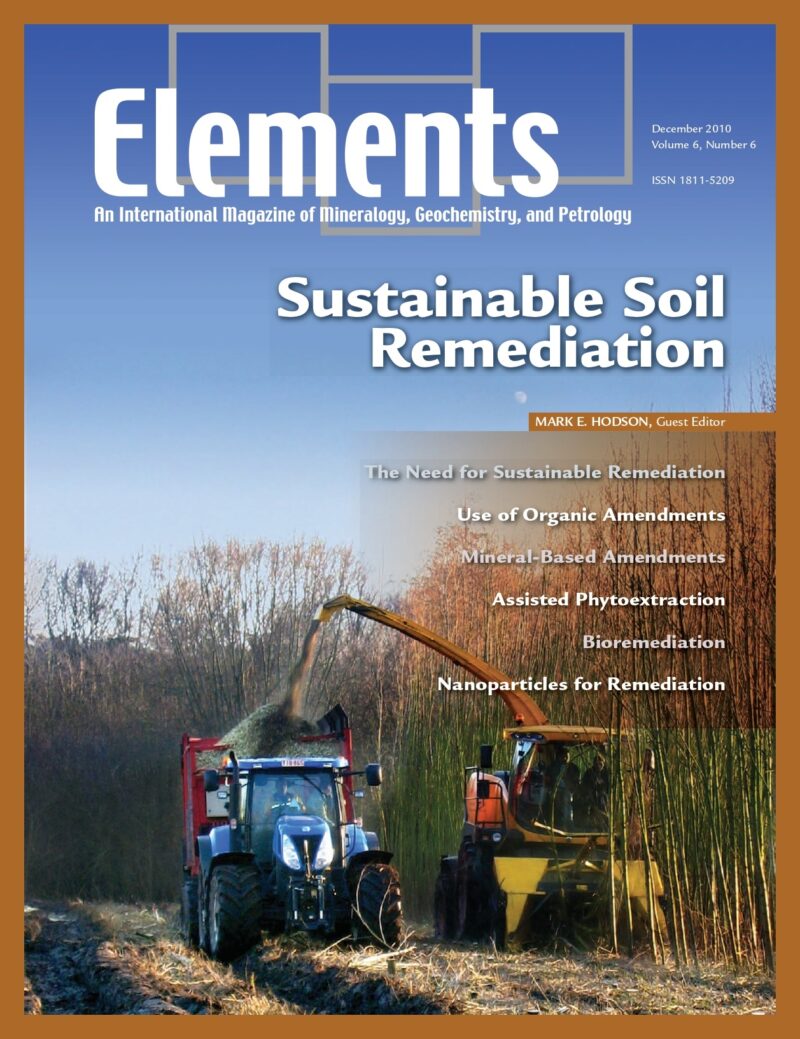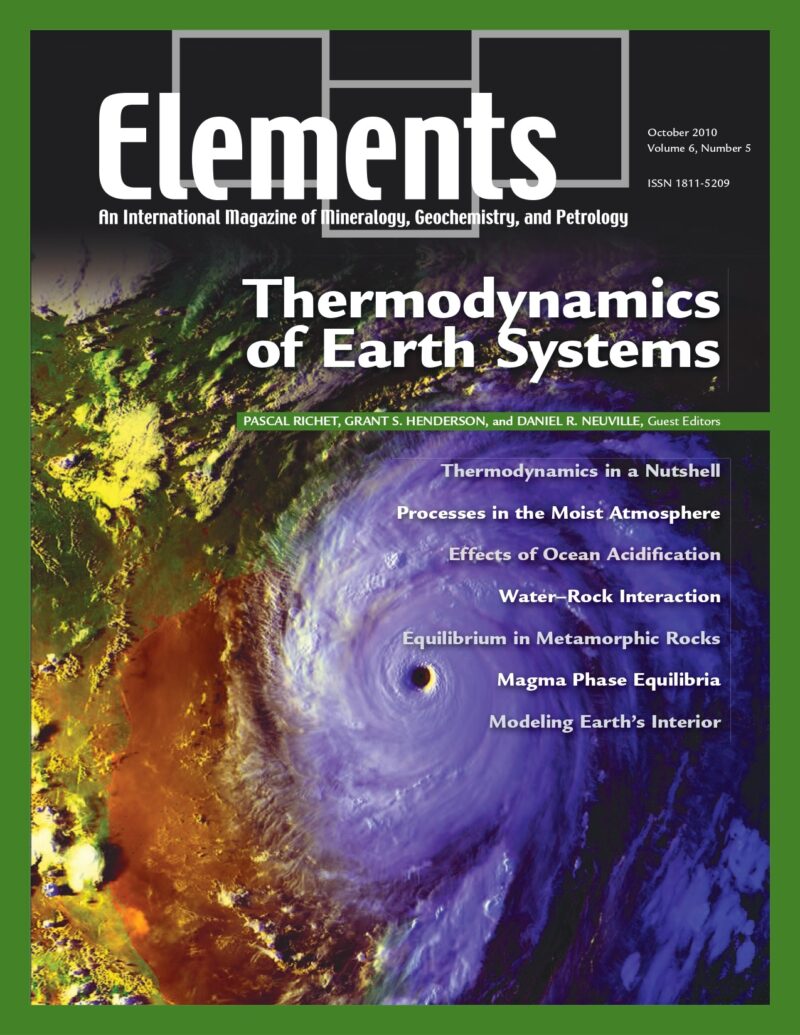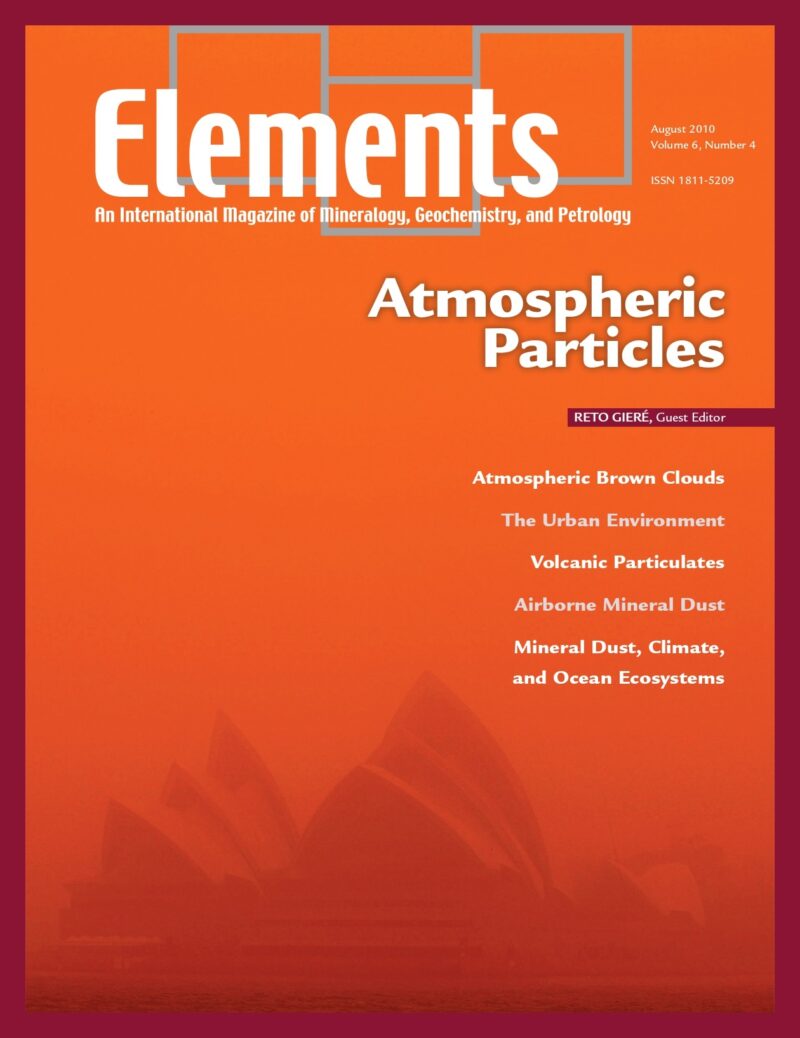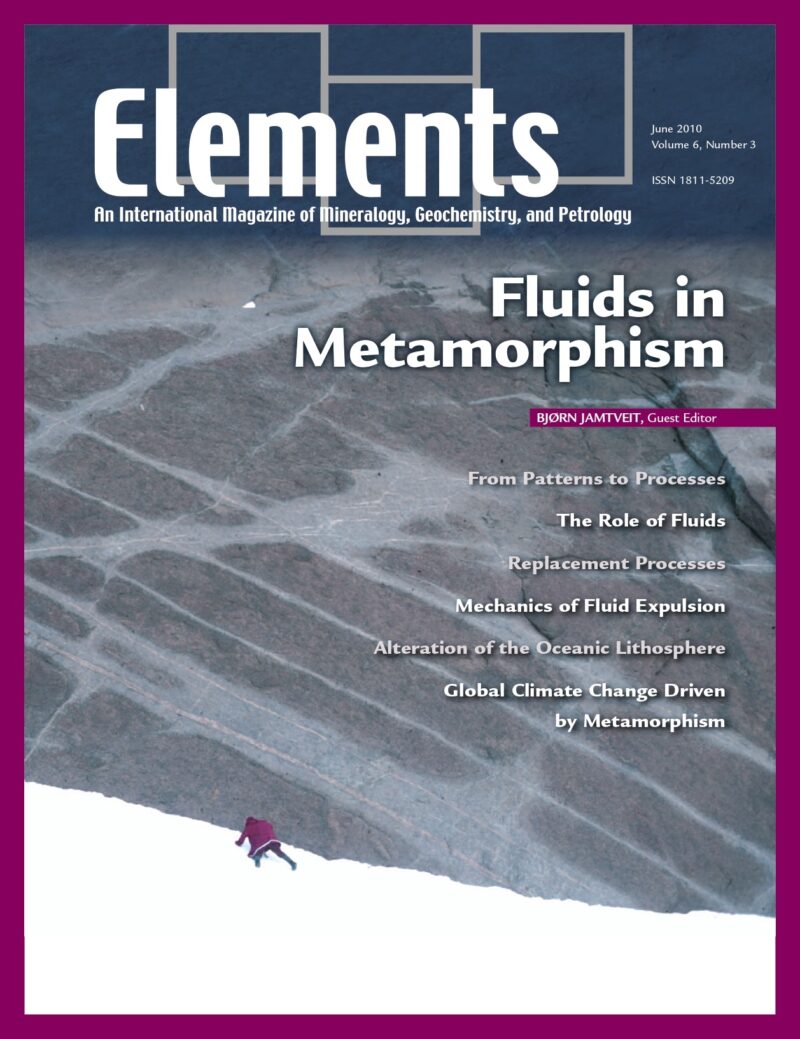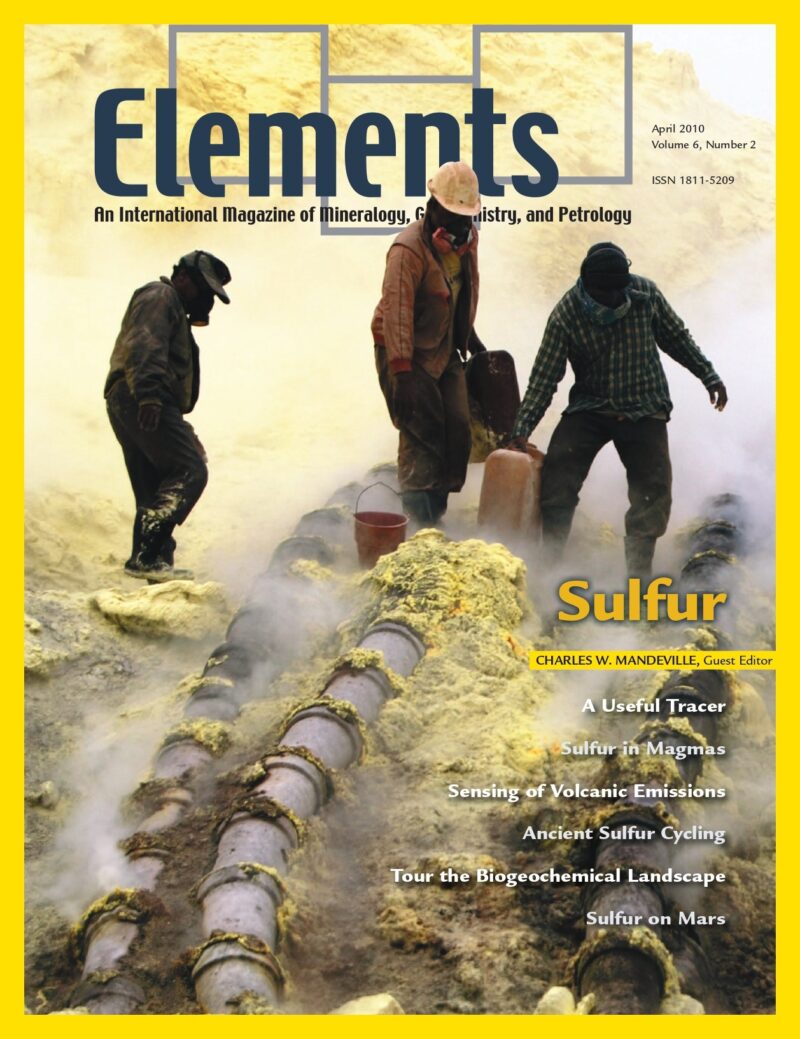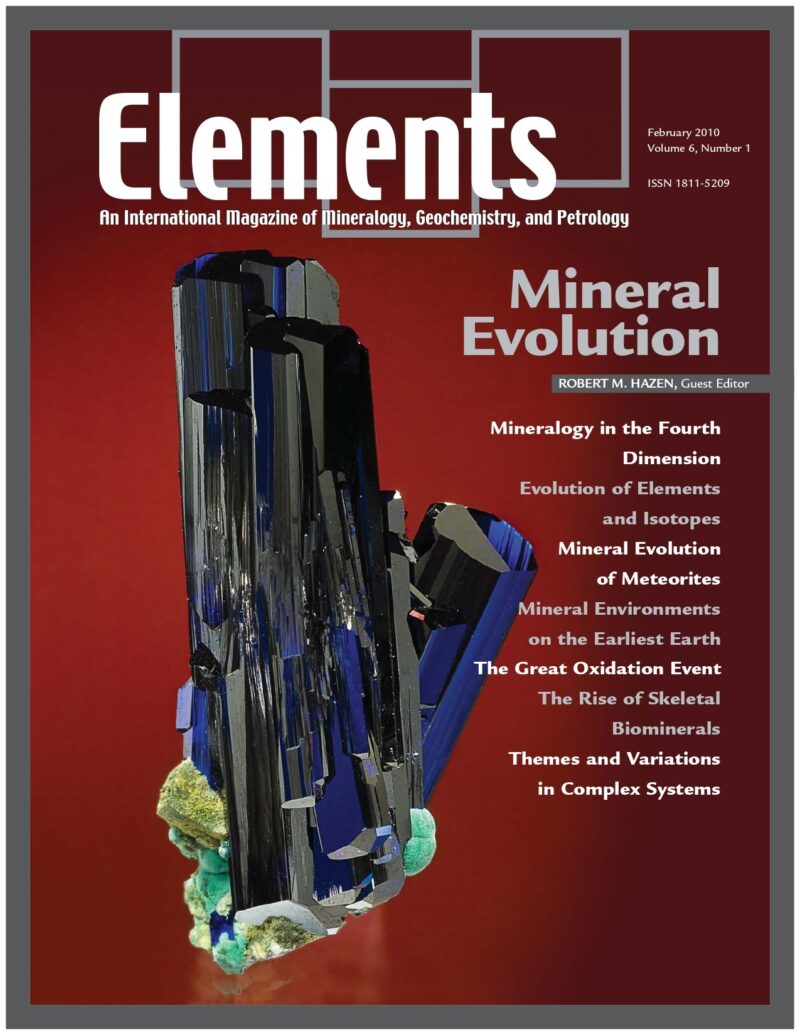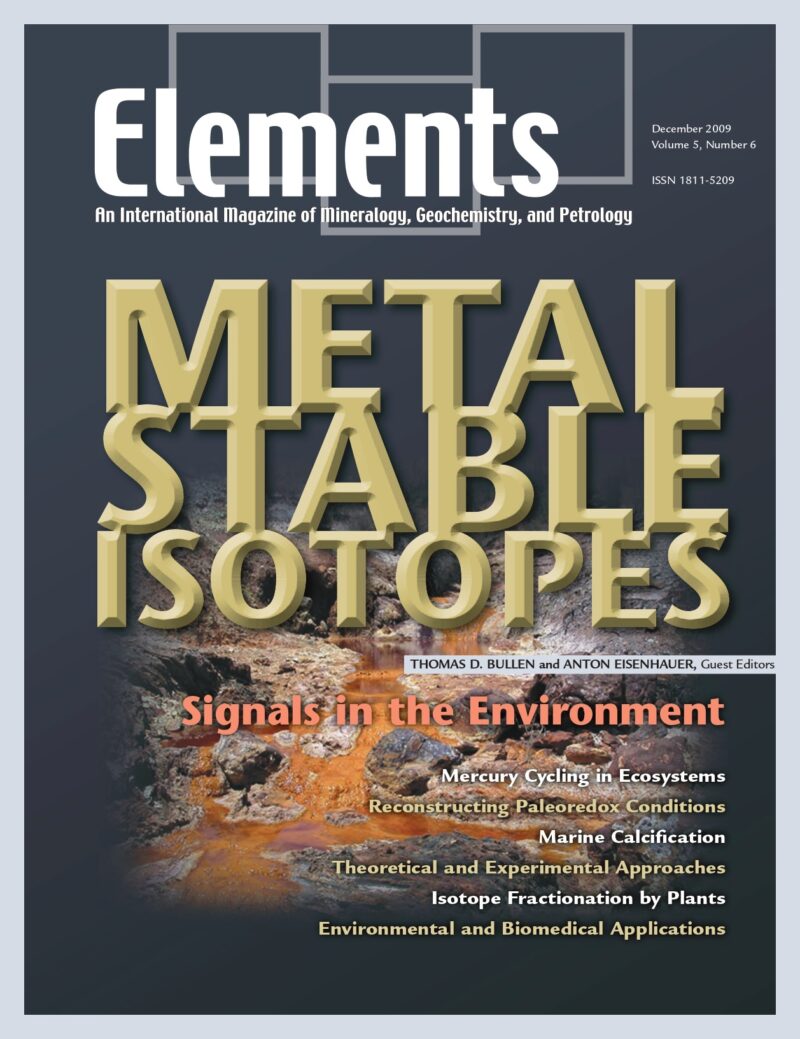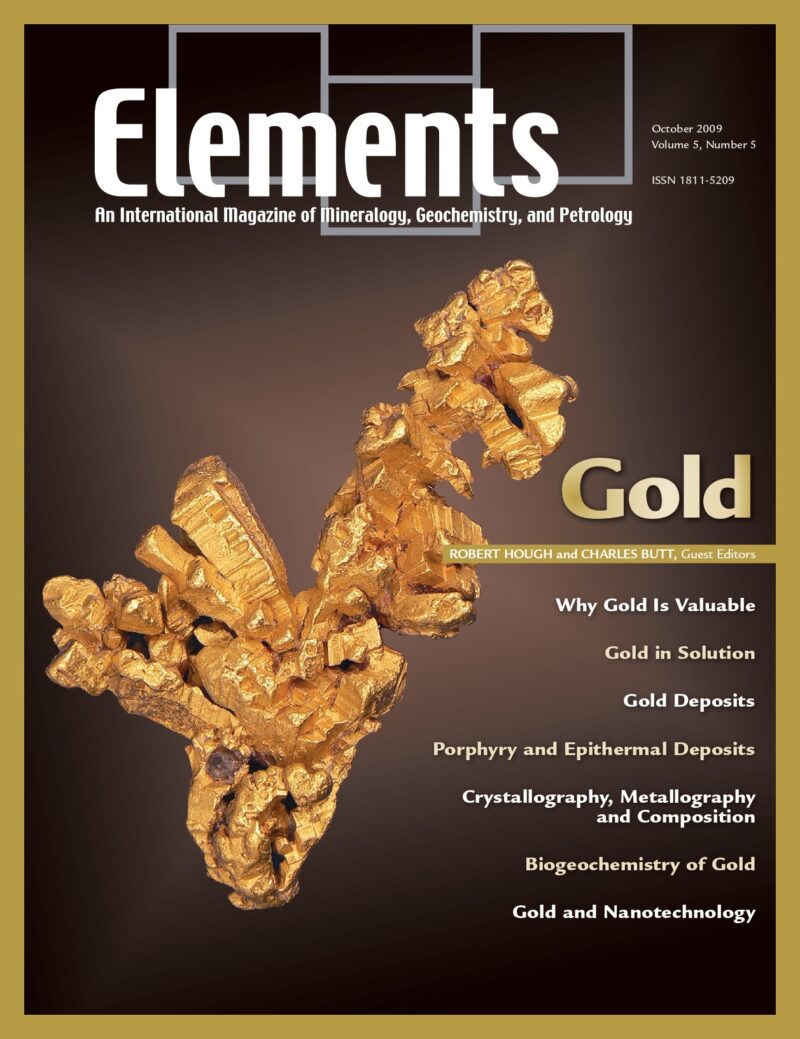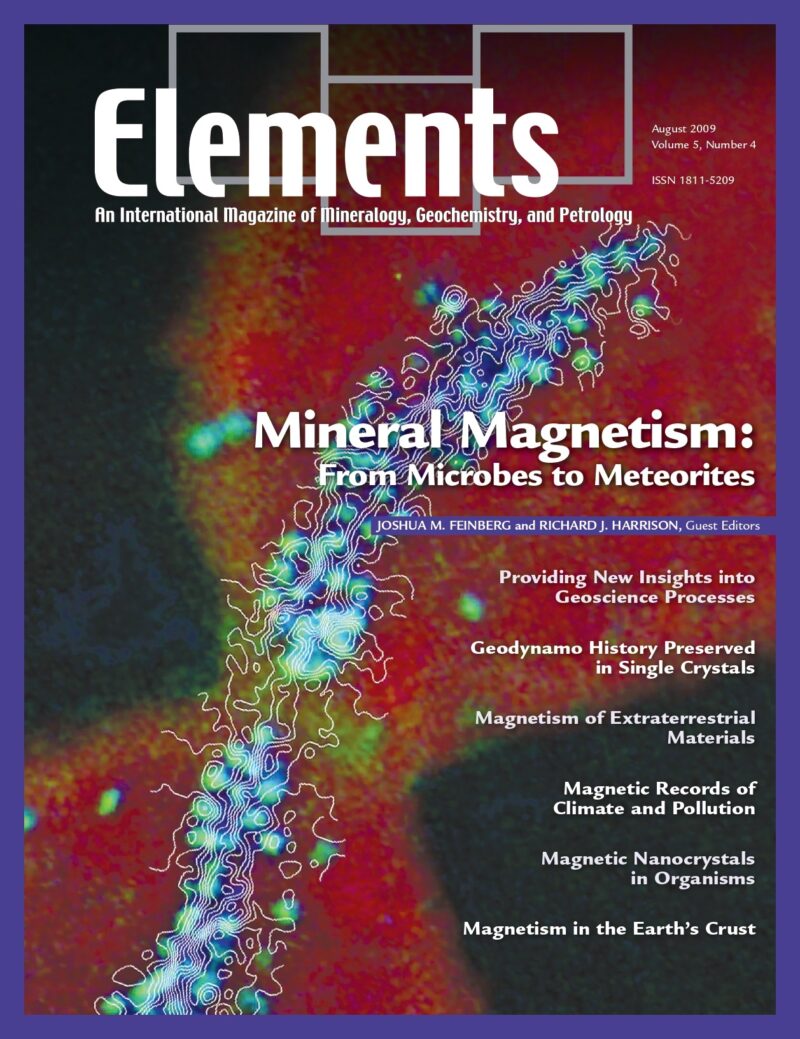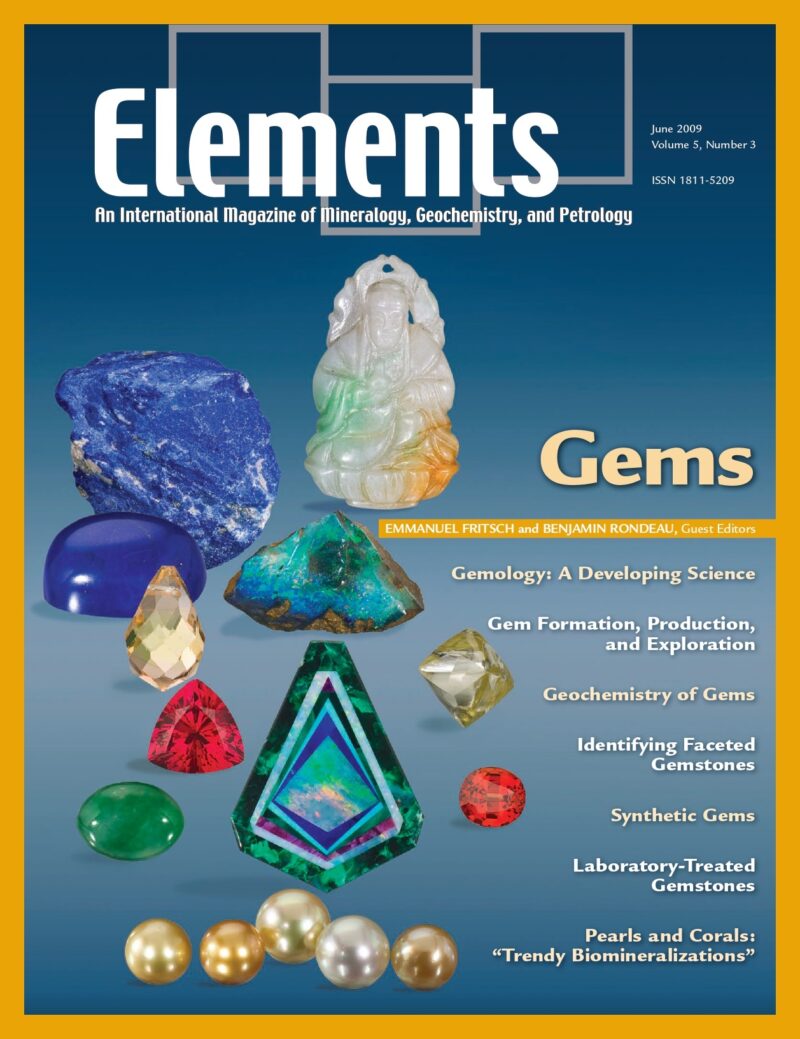-
Iron In Earth Surface Systems, April 2011, Vol. 7, No. 2
$20.00Iron is the fourth most abundant element at the Earth’s surface. As an essential nutrient and electron source/sink for the growth of microbial organisms, it is metabolically cycled between reduced and oxidized chemical forms.
-
Cosmochemistry, February 2011, Vol. 7, No. 1
$20.00Cosmochemistry is the study of extraterrestrial materials aimed at understanding the nature of Solar System bodies, including the planets, their natural satellites, and small bodies. An important goal is to increase our understanding of the chemical origin of the Solar System and the processes by which its planets and small bodies have evolved to their present states.
-
Sustainable Remediation Of Soils, December 2010, Vol. 6, No. 6
$20.00Humanity requires healthy soil in order to flourish. Soil is central to food production, regulation of greenhouse gases, and provision of amenity.
-
Thermodynamics Of Earth Systems, October 2010, Vol. 6, No. 5
$20.00During the past decades, thermodynamics has become an essential tool for understanding fundamental processes that have determined the structure and evolution of our planet. From the atmosphere to the ocean and sediments, from metamorphic terranes to magmatic provinces, the lower mantle, and the core, this issue of Elements illustrates how a better understanding of the manner in which free energy depends on temperature, pressure, and chemical composition allows the Earth’s activity to be better deciphered.
-
Atmospheric Particles, August 2010, Vol. 6, No. 4
$20.00Solid atmospheric particles range in size from a few nanometers to several micrometers and are generated through both natural processes and human activity. Even though these particles are derived from spatially limited source areas and typically become airborne during short-term events, they are ubiquitous globally due to atmospheric circulation.
-
Fluids In Metamorphism, June 2010, Vol. 6, No. 3
$20.00Fluids play a critical role during metamorphic processes. They have first-order influence on both reaction kinetics and mass transfer, and thus also on the rate of metamorphism.
-
Sulfur, April 2010, Vol. 6, No. 2
$20.00This issue of Elements focuses on the geochemistry of sulfur in high-temperature, low-temperature, and biogenically mediated processes over a wide range of scales, environments, and time intervals. Sulfur’s multiple valence states (S2to S6+) allow for its participation in a large variety of geochemical and biogeochemical processes.
-
Mineral Evolution, February 2010, Vol. 6, No. 1
$20.00“Mineral evolution,” the study of Earth’s changing near-surface mineralogy, frames Earth materials research with a historical narrative. This 4.
-
Metal Stable Isotopes, December 2009, Vol. 5, No. 6
$20.00During the past decade it has been recognized that the stable isotope compositions of several metallic elements vary significantly in nature due to both biotic and abiotic processing. While this leap in our understanding has been fueled by recent advances in instrumentation and techniques in both thermal ionization and inductively coupled plasma mass spectrometry, the field of metal stable isotope geochemistry has finally moved beyond a focus on development of analytical techniques and toward using the isotopes as source and process tracers in natural and experimental systems.
-
Gold, October 2009, Vol. 5, No. 5
$20.00Gold fascinates researchers in many sciences. As well as being attractive as a precious metal, gold has important physical and electrical properties that cause it to be an ’advanced material’ for manufacturing and drug delivery in medical science.
-
Mineral Magnetism: From Microbes To Meteorites, August 2009, Vol. 5, No. 4
$20.00Magnetic minerals are ubiquitous in the natural environment. They are also present in a wide range of biological organisms, from bacteria to human beings.
-
Gems, June 2009, Vol. 5, No. 3
$20.00Most gems are natural minerals, which, although scarce and small, have a major impact on society. Their value is directly related to proper identification.

